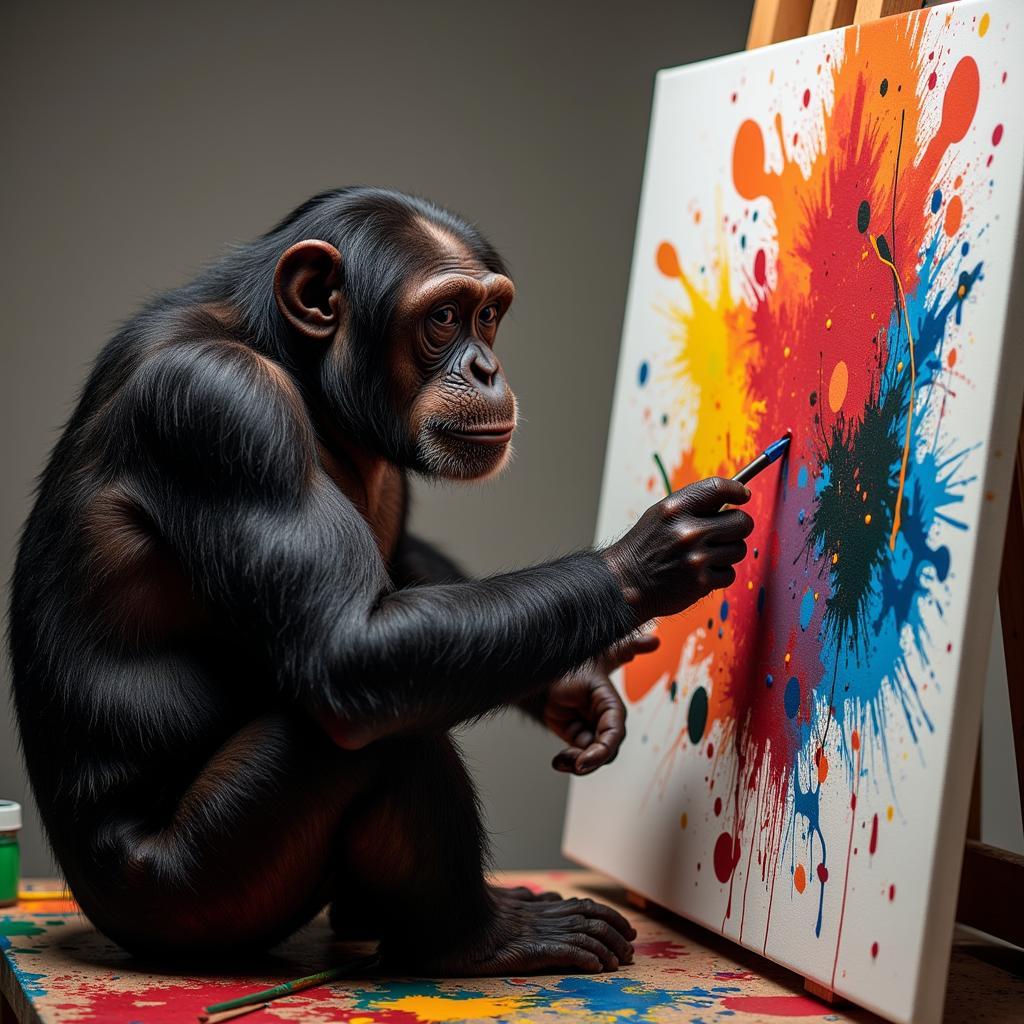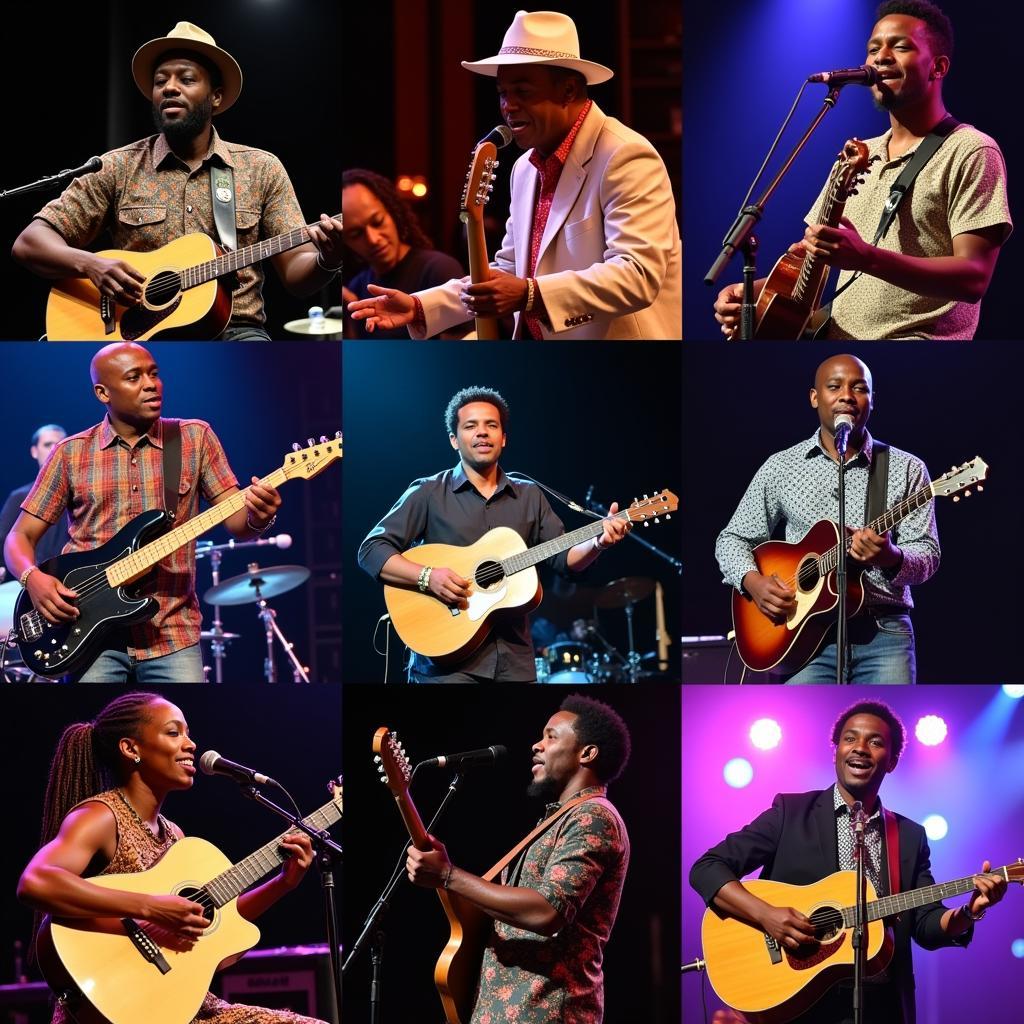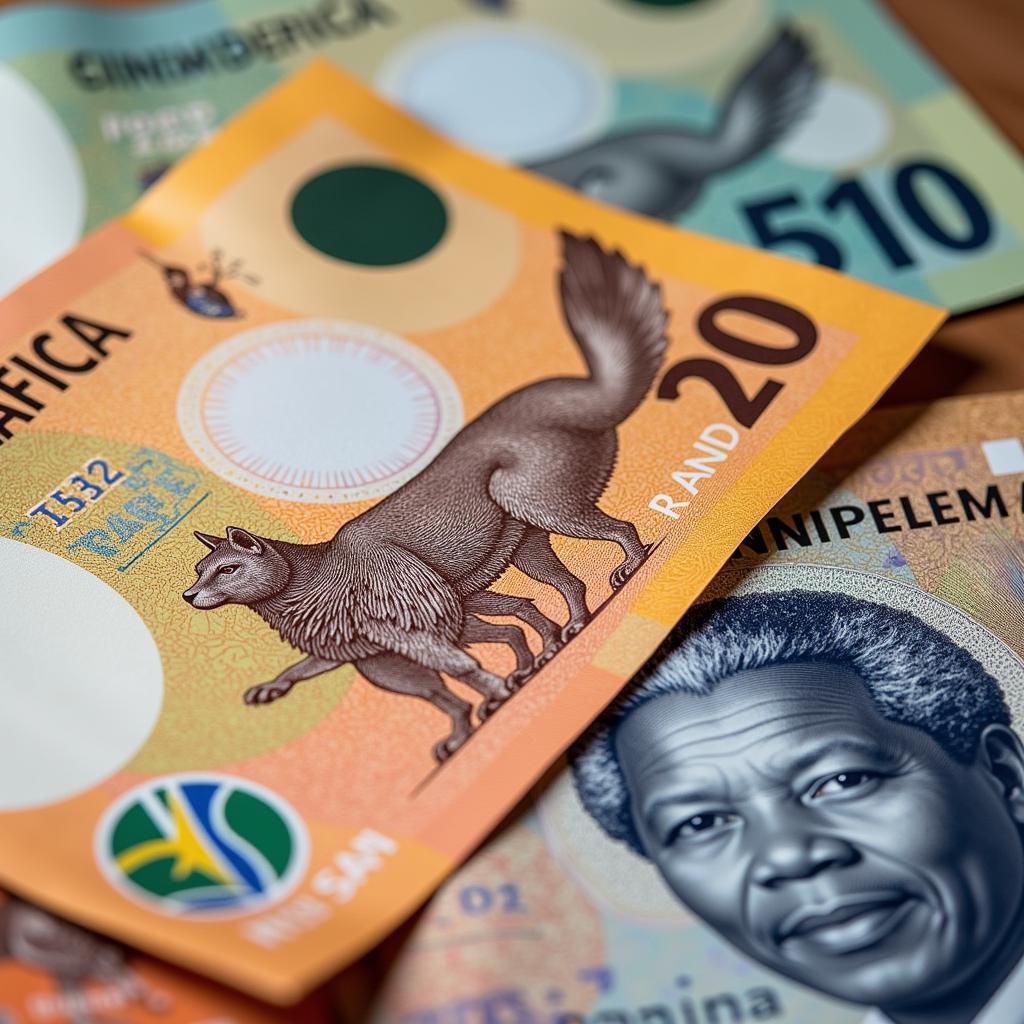African Animal Artists: Exploring the Wild Side of Creativity
Africa, a continent teeming with diverse cultures and breathtaking landscapes, is also home to a remarkable array of artistic talent. While the human artistry of Africa is widely celebrated, a lesser-known but equally captivating realm exists – the world of African Animal Artists. These creatures, from chimpanzees wielding paintbrushes to elephants creating abstract masterpieces, challenge our perceptions of art and creativity, blurring the lines between instinct and expression.
Unveiling the Animal Artists of Africa
Across the African savannas, rainforests, and deserts, a menagerie of creatures has demonstrated an uncanny ability to create art. While their creations may not adhere to traditional human definitions of art, they possess an undeniable aesthetic appeal and offer a glimpse into the cognitive depths of these animals.
One of the most renowned examples is Congo, a chimpanzee who gained international fame in the 1950s for his abstract paintings. Congo’s works, characterized by their balanced compositions and rhythmic brushstrokes, were lauded by art critics and even collected by Pablo Picasso.
Elephants, known for their intelligence and complex social structures, have also displayed remarkable artistic abilities. Using their trunks as versatile tools, they manipulate paintbrushes to create vibrant abstracts and even representational works. Some elephants have even been observed mixing their own paints, showcasing an understanding of color and texture.
 African Chimpanzee Creating Abstract Art
African Chimpanzee Creating Abstract Art
Beyond Instinct: The Motivation Behind Animal Art
While some may argue that animal art is merely a byproduct of trained behavior, a growing body of research suggests a deeper cognitive process at play. Studies have shown that animals, particularly primates and elephants, possess a sense of self-awareness and the ability to recognize themselves in mirrors. This self-awareness, coupled with their artistic inclinations, raises intriguing questions about the nature of creativity and whether it extends beyond the realm of human experience.
Furthermore, the emotional depth often displayed in animal artwork suggests that their creations are more than just random scribbles. Many animal artists exhibit signs of satisfaction and pride in their work, engaging in behaviors such as presenting their creations to caretakers or carefully storing their masterpieces.
The Importance of Recognizing Animal Artists
Recognizing and appreciating animal art is crucial for several reasons. Firstly, it challenges our anthropocentric view of the world, reminding us that humans are not the sole proprietors of creativity. Secondly, it fosters a deeper understanding and respect for the cognitive abilities of animals, prompting us to reconsider our relationship with the natural world. Finally, animal art serves as a poignant reminder of the beauty and wonder that exists within the animal kingdom, urging us to protect and preserve these creatures and their habitats.
Exploring the World of African Animal Artists
For those interested in delving deeper into the fascinating world of African animal artists, several resources offer further insights:
- African paintings on canvas: Explore the vibrant world of African paintings, showcasing the diversity and richness of artistic traditions across the continent.
- African art images and facts: Discover a wealth of information and imagery related to African art, including traditional crafts, sculptures, and contemporary art forms.
Conclusion
The art created by African animal artists offers a unique and captivating window into the minds of these incredible creatures. From the abstract expressions of chimpanzees to the intricate paintings of elephants, their creations challenge our perceptions of art and remind us of the boundless creativity that exists within the natural world. As we continue to explore and appreciate the work of animal artists, we gain a deeper understanding of the interconnectedness of all living beings and the importance of protecting the rich biodiversity of our planet.
FAQs
1. Where can I see examples of African animal art?
Many zoos and wildlife sanctuaries around the world showcase artwork created by their animal residents. Additionally, online galleries and auction houses often feature pieces created by animal artists.
2. Are there any ethical concerns surrounding animal art?
Yes, it is crucial to ensure that any animal involved in creating art is treated ethically and humanely. Forced participation or exploitative practices are unacceptable.
3. What are some of the challenges of interpreting animal art?
One of the main challenges is understanding the motivations and intentions behind animal art. Without a shared language, it can be difficult to decipher the meaning and significance of their creations.
4. How can I support the conservation of African wildlife?
Supporting organizations dedicated to wildlife conservation, reducing your environmental footprint, and advocating for responsible tourism are just a few ways to make a difference.
5. What other forms of art are found in Africa?
Africa boasts a rich tapestry of art forms, including traditional dances, intricate beadwork, vibrant textiles, evocative storytelling, and powerful music.
For more information on African art and culture, explore our articles on African folk art and African cloth designs. You can also discover the captivating world of African music with the African Cats Adventure Soundtrack, which beautifully captures the spirit of the savanna.
Should you require any assistance, please do not hesitate to contact us. Our dedicated team is available 24/7 to address your queries. You can reach us via phone at +255768904061, email us at [email protected], or visit us at our office in Mbarali DC Mawindi, Kangaga, Tanzania.


